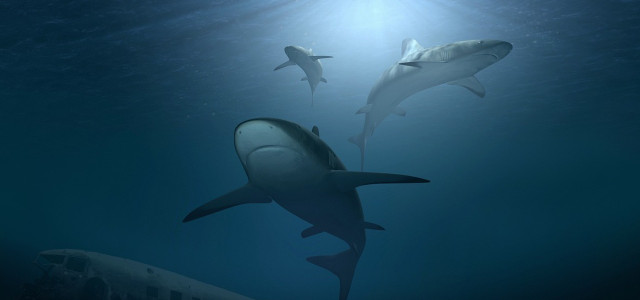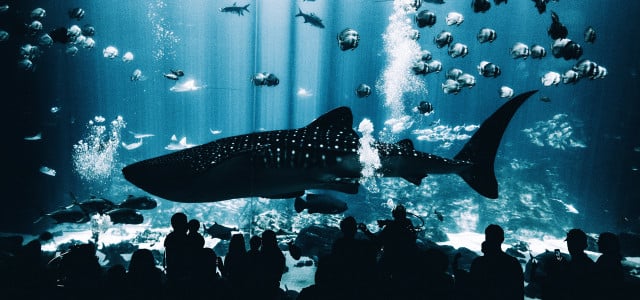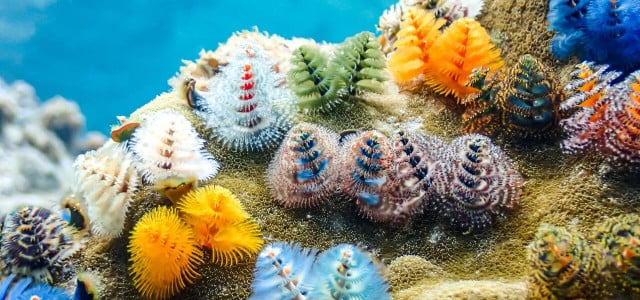They are often portrayed as vicious ocean predators — but these seven shark facts will convince you that the many shark species are much more complex than that.
There are over 536 species of shark which inhabit all of our oceans, from cold to warm, shallow to deep. Their size varies greatly, from smaller than your hand to bigger than a bus, as well as their color and shape.
Not only that, but sharks aren’t all bloodthirsty killers, some eat tiny microscopic creatures in the ocean that humans can’t even see.
You’ll be amazed by the following wholesome shark facts, as well as a surprisingly creepy one which will make you look at them differently. Let’s get going and learn more about sharks.
1. The Biggest Shark Is Actually Really Gentle
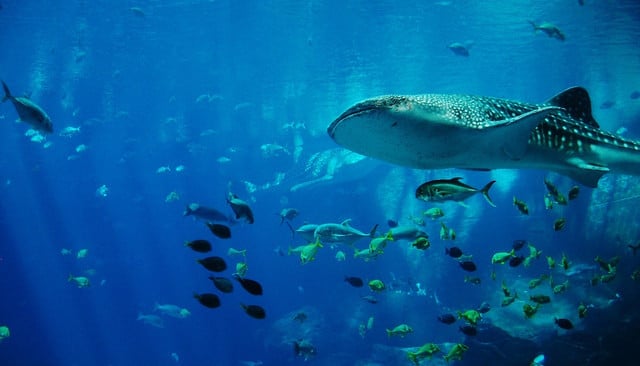
(Foto: CC0 / Pixabay / JimmyDominico)
Whale sharks are not whales, they are sharks, the biggest type of shark, or fish in the ocean. The largest whale shark recorded was almost 62 feet long, that’s about the same length as three SUVs parked end to end! But whale sharks are gentle giants, they are filter feeders that ingest huge amounts of water and filter out tiny, microscopic plankton.
Sharks are a very diverse species — the smallest is the dwarf lantern shark which is smaller than the human hand and lives at a depth of over 900 feet, making it a difficult species to study.
2. Sharks Can Have Pups
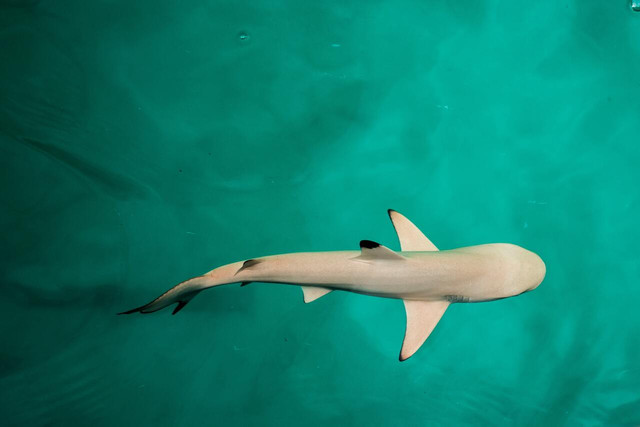


(Foto: CC0 / Unsplash / Ali Abdul Rahman)
Many people may be surprised to learn the fact that sharks are fish, not mammals (like dolphins). This means that they live in water and breathe by filtering oxygen from the water through their gills.
However, it does not mean that all sharks lay eggs. In fact, some sharks (known as viviparous sharks) give birth to live young. For example, the great white shark can give birth to two live young (or pups), but after birth, the pups do not suckle from the mother. So, that means that fish either give birth to live young or lay eggs, right? Wrong! There are actually a few other fascinating facts about how sharks give birth, which we’ll go into later.
3. Some Sharks Glow in the Dark
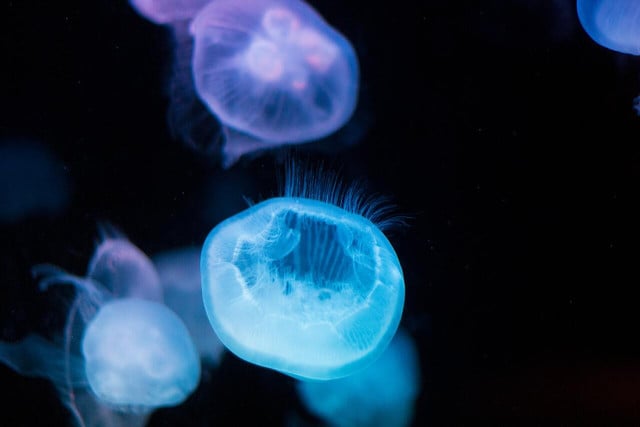


(Foto: CC0 / Pexels / Agnetha Linn)
If you go into the depths of the ocean, deeper than any scuba divers can go, where it’s so deep that hardly any sunlight filters through, you’ll find some curious-looking creatures. Some of these are known as lantern sharks. They get their name from the unique glow that they omit from their bioluminescent organs, which light up their bellies, sides and fins — warning predators to stay away from them.
There are three types of lantern sharks. The viper dogfish catches its prey by extending its lower jaw and snatching it up unexpectedly. The velvet belly lantern shark has glowing spines on its back, which act as a warning for other fish to stay away. Finally, the dwarf lantern shark is the smallest, smaller than your hand. Its belly lights up, which attracts prey to it, who think it’s sunlight and they have a tough bite with over sixty little teeth.
Another bioluminescent ocean creature:
4. Fun Fact: There's a Shark in This Photo
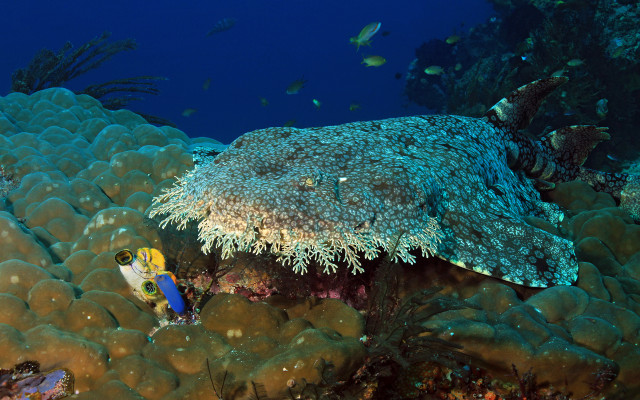


(Foto: Colourbox.de / Daniel Lamborn)
Wobbegongs are sandy-colored, spotted sharks that blend in well with the sea bed. This means they lie in wait for their prey and pounce on it unexpectedly when it passes. They have flat-shaped bodies and have hanging tassels or barbs around their mouth and body, hence their name, which derives from the Australian Aboriginal word for a shaggy beard.
5. Shark Attacks Are Not Common at All
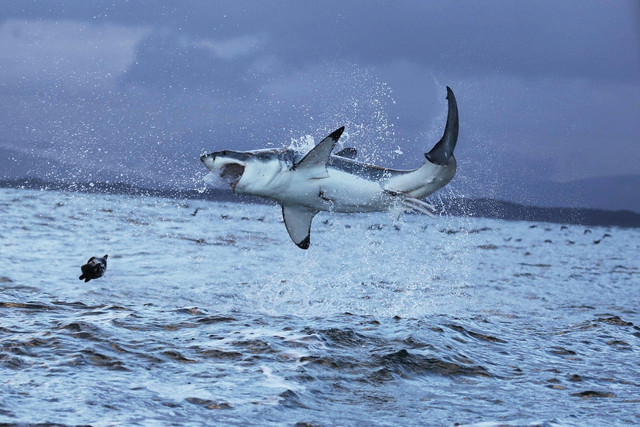


(Foto: CC0 / Pixabay / MLbay)
Many of us have seen the movie “Jaws” and since then had a fear of great white sharks, particularly if living off the coast of the US — they have a huge range, from Maine to the Gulf of Mexico in the east and from Alaska to California on the west coast.
Although we sometimes hear of surfers getting attacked by great whites, the likelihood of actually being bitten by one is very low. In fact, according to a 2017 study, scuba divers face a 1 in 136 million chance of being bitten by any shark and surfers, a one in seventeen million chance. So, perhaps great whites should be given a chance and not perceived as man-hunting monsters.
6. Some Female Sharks Can Reproduce by Themselves
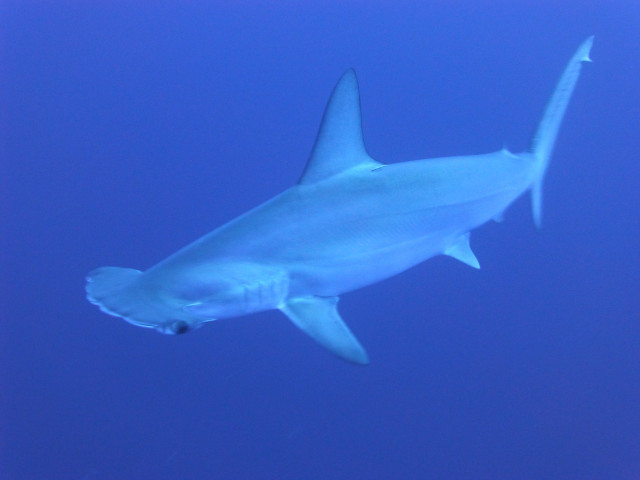


(Foto: CC0 / Pixabay / Took)
Among others, female hammerhead sharks can reproduce asexually — meaning without a partner! It is believed that this ability may have evolved to deal with declining shark populations. Unfortunately, the great hammerhead is one of the fifteen most endangered species in the world.
7. Creepy Shark Fact: Sibling-Eating Embryos
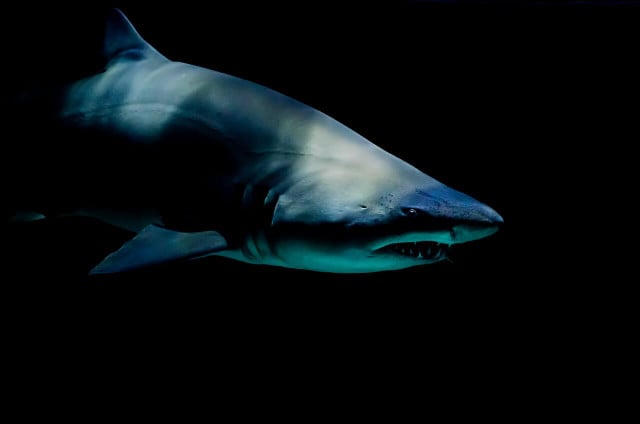


(Foto: CC0 Public Domain / Unsplash / Laura Collee)
As mentioned in point one, not all sharks lay eggs, some give birth to live young. But things aren’t this straightforward for all sharks. Let’s take a look at some other facts about how sharks give birth:
- Ovoviviparity — This is when the female shark produces eggs inside its body, which hatch inside her and then are born as small adults, as whale sharks do.
- Oophagy — Some female sharks produce unfertilized eggs which are eaten by embryos, this happens in bigeye thresher sharks.
- Placental viviparity — Once the egg yolk sac has been depleted and sticks to the side of the uterus, like a pseudoplacenta, the young receive nutrition from this, much like mammals do. This happens in hammerhead, blue and lemon sharks.
- Embryophagy or intrauterine cannibalism — The embryos of some sharks survive by feeding on their smaller embryo siblings, therefore leading to the fittest sharks surviving. This occurs in sand tiger sharks.
Bonus Shark Fact: There Are Parasite Sharks



(Foto: CC0 / Pixabay / wolfgangvogt_lb)
The cookiecutter shark is small, around sixteen inches long, about the same length as the diameter of a large pizza. But don’t let looks be deceiving, cookiecutter sharks have a serious bite! Their underside is a light color and glows — this attracts fish, whales and other sharks to it. It then attaches itself to their body by sucking with its lips, it then spins while biting its victim with its sharp, serrated teeth — leaving a circle or cookie-shaped hole in the flesh of the host, hence the name.
Cookiecutter sharks are considered a parasite, as they live off their victim, but they don’t kill it. Large mammals like seals and big fish like tuna have been found with distinct cookie-shaped holes in their flesh — a sign of an attack from a cookiecutter shark.
Read more:
- Swai Fish: 5 Reasons Not to Eat Pangasius
- Are Sea Lions Endangered? Threats & What You Can Do
- Plastic Pollution in the Ocean: What Can I Do About It?
Do you like this post?






